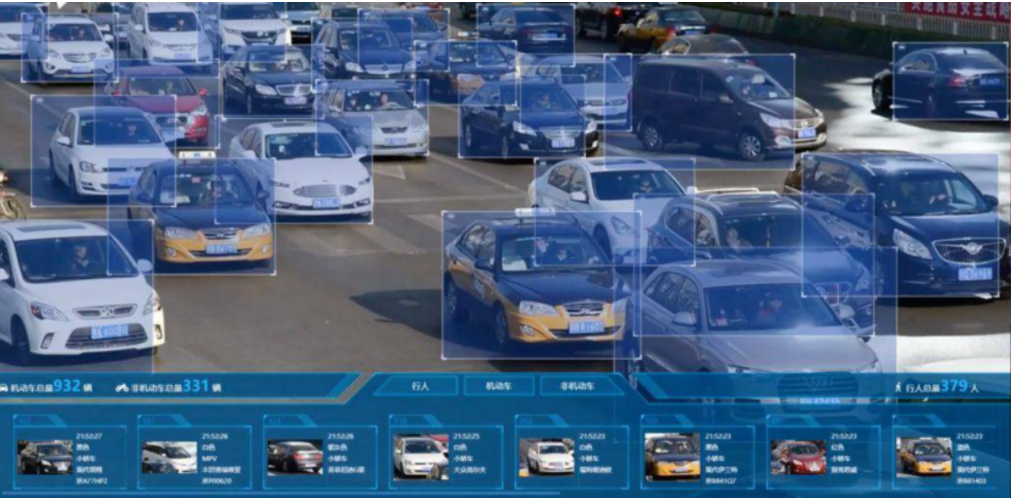In the current era of booming technology, many advanced technological elements have gradually been integrated into our daily travel, and machine vision is a crucial one among them. Machine vision is widely used in the intelligent transportation system, covering aspects such as automatic license plate recognition, illegal parking detection, pedestrian detection, traffic flow analysis, and driving violation recognition. Next, this article will elaborate on the specific applications of machine vision in intelligent transportation in detail.
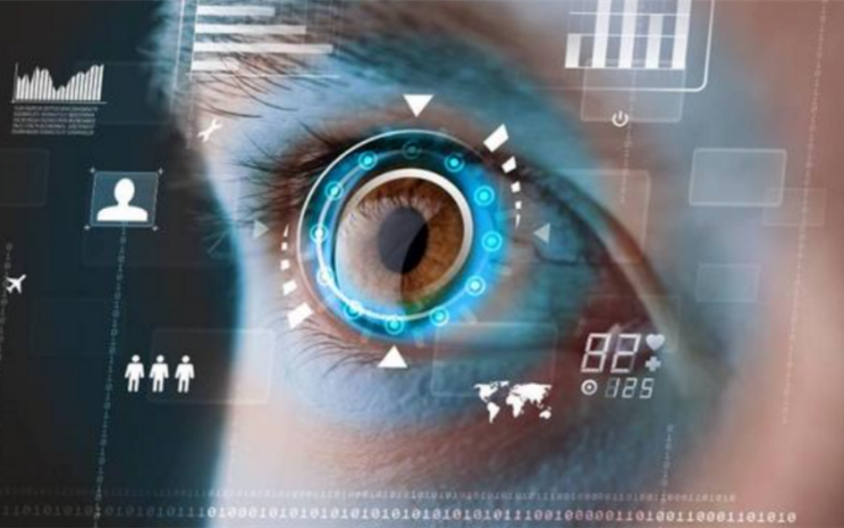
1. License Plate Recognition
License plate recognition technology (ANPR), as an important research topic of computer vision and pattern recognition technology in modern intelligent transportation systems, is a key link in promoting the intelligentization process of traffic management. This technology aims to accurately extract and recognize the license plates of moving vehicles from complex backgrounds. Through a series of technical means such as obtaining the original image, image preprocessing, license plate location, character segmentation, and character recognition, it can accurately identify key information such as vehicle license plate numbers and colors.
The application of license plate recognition technology in the transportation field has been around for many years. However, in actual scenarios, the recognition of some license plates remains quite challenging. For example, severely tilted license plates were difficult to handle effectively for a long time in the past, and license plate recognition technology even faced a development bottleneck in the past 3 – 5 years. In recent years, with the application of deep learning technology, significant breakthroughs have been made in this difficult problem. Nowadays, license plates in various poses and angles can be accurately recognized. Currently, at the latest technical level, the recognition rate of letters and numbers is as high as 99.7%, and the recognition rate of Chinese characters has also reached 99%.

2. Driving Violation Detection
Today, the number of cameras on urban roads is increasing day by day, and computer vision technology is increasingly being used to automatically detect traffic violations, such as speeding, running red lights, not obeying stop signs, driving in the wrong direction, and illegal turning. This technology is particularly widely used on highways and at urban intersections. However, in the early stage, due to a large number of false alarms, there was a certain gap between the actual detection effect and the actual demand. The emergence of deep learning technology has made it possible to accurately detect traffic violations and traffic incidents, and can effectively provide timely and accurate alarm information for traffic operation departments.
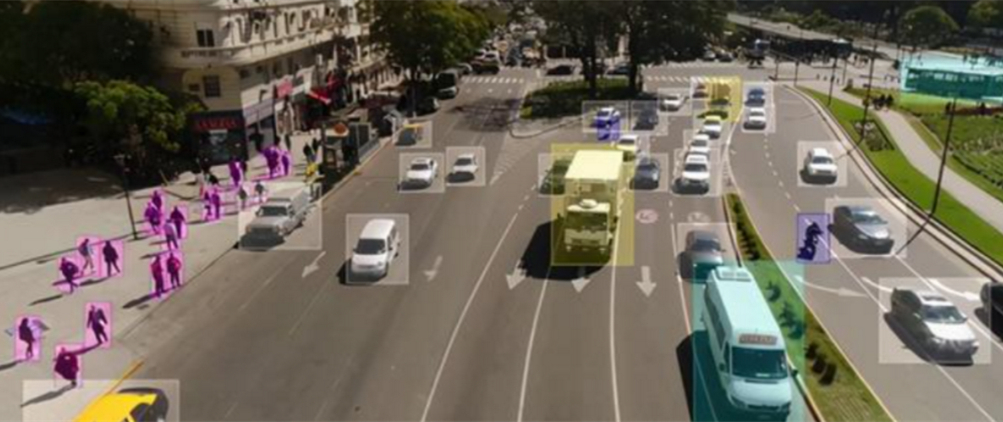
3. Parking Occupancy Detection
Before the application of machine vision technology, the traditional geomagnetic sensing method could detect whether a parking space was occupied, but it had problems such as high costs and poor system reliability. In contrast, the roadside illegal parking perception and capture technology based on video and images has obvious advantages. Just one camera can be used to monitor and sense the real – time status of parking spaces in a large area. It is not only low – cost but also can visually present the actual occupancy of parking spaces.
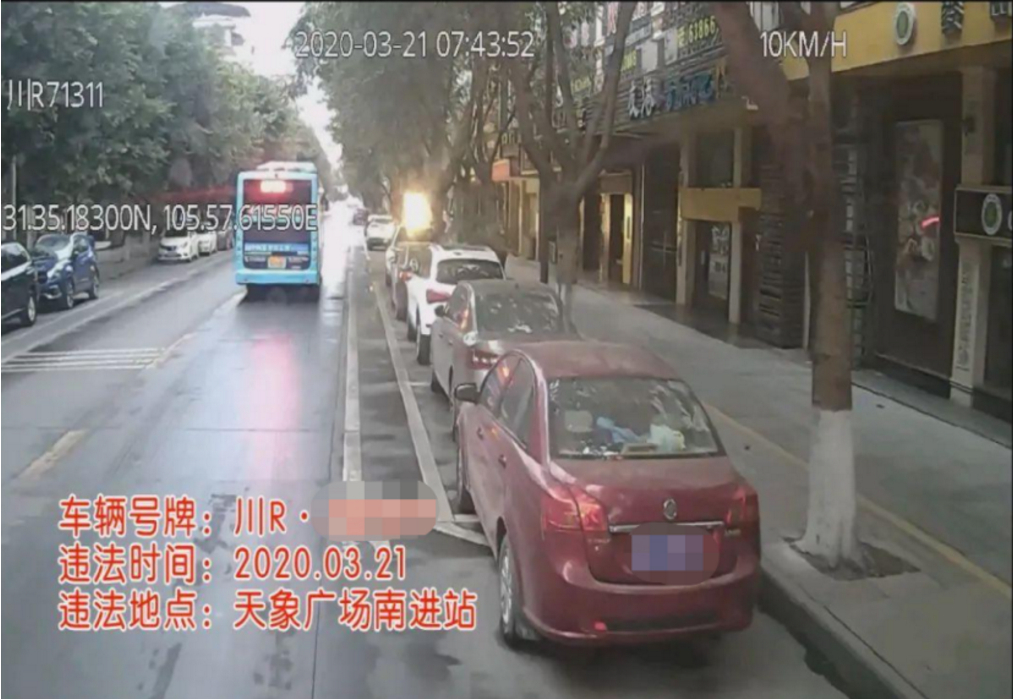
4. Pedestrian Detection
Pedestrian Detection is a technology that uses computer vision technology to determine whether there are pedestrians in an image or video sequence and achieve precise positioning. This technology is often combined with technologies such as pedestrian tracking and pedestrian re – identification and is widely used in many fields, including artificial intelligence systems, vehicle – assisted driving systems, intelligent robots, intelligent video surveillance, human behavior analysis, and intelligent transportation.
Pedestrians have the dual characteristics of rigid and flexible objects. Their appearance is easily affected by various factors such as clothing, scale, occlusion, pose, and viewing angle. This makes accurate pedestrian detection a highly challenging task. During the detection process, multiple types of sensors are required, such as traditional closed – circuit television (CCTV), IP cameras, thermal imaging devices, near – infrared imaging devices, and vehicle – mounted RGB cameras. Currently, common pedestrian detection methods mainly include methods based on global features, methods based on human body parts, and methods based on stereo vision. It is worth mentioning that the pedestrian detection technology based on deep convolutional neural networks has made significant progress and can even detect pedestrians with severe occlusion.
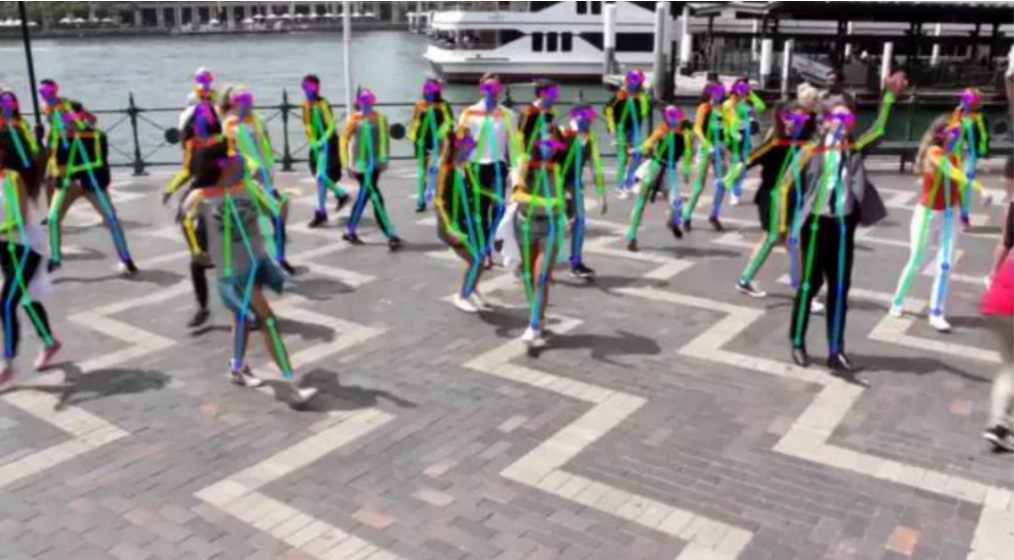
5. Traffic Flow Analysis
Currently, many cities in China are facing severe traffic congestion problems, and the traffic light timing at many intersections is not in the optimal state. Machine vision will play an important role in alleviating urban traffic congestion.
At intersections, with the help of vehicle precise perception and detection technology based on deep learning, information such as the number of vehicles, traffic flow, and density in all directions of the traffic intersection can be accurately obtained, providing an accurate basis for the optimal timing of traffic lights at intersections. If this vehicle detection technology is adopted at every intersection, it will greatly relieve traffic congestion.
On road sections, through the perception of road sections, the overall traffic conditions of the road can be obtained by using the original monitoring system. With the help of vehicle detection technology, reliable data support can be provided for road condition analysis, collection of traffic big data, and traffic planning.
